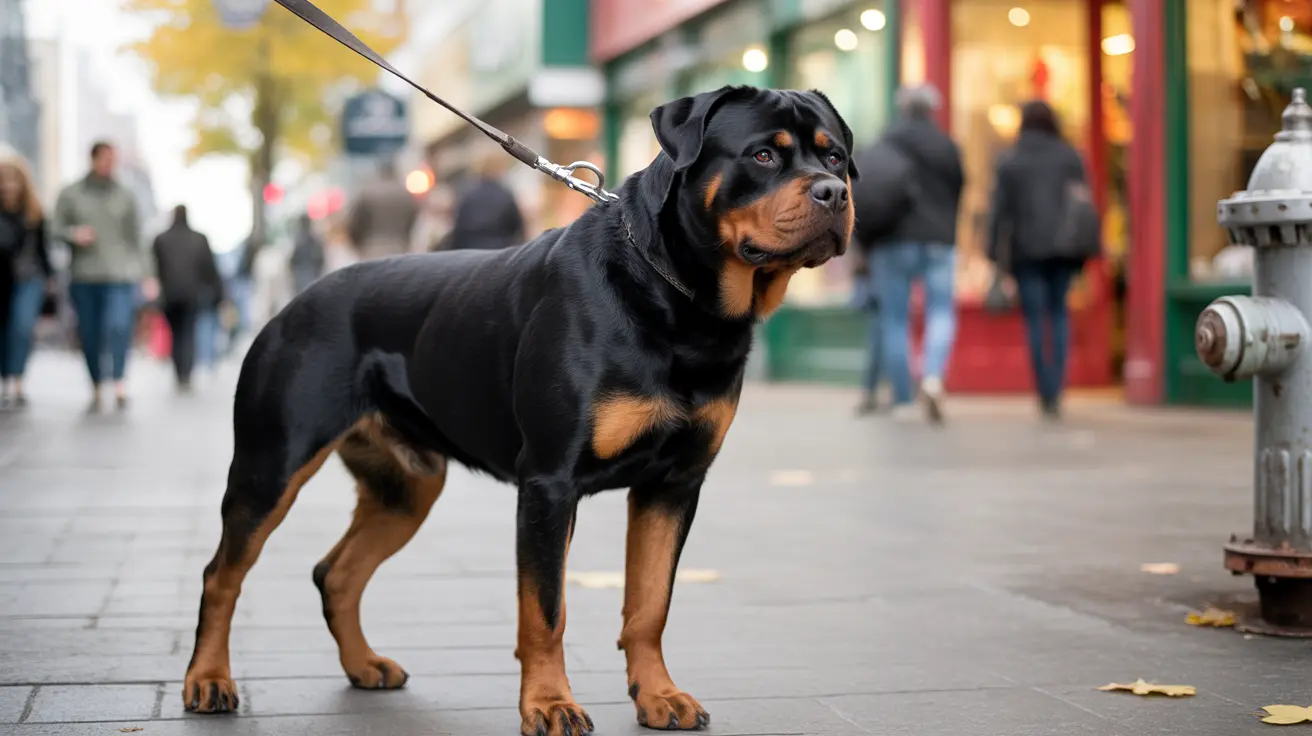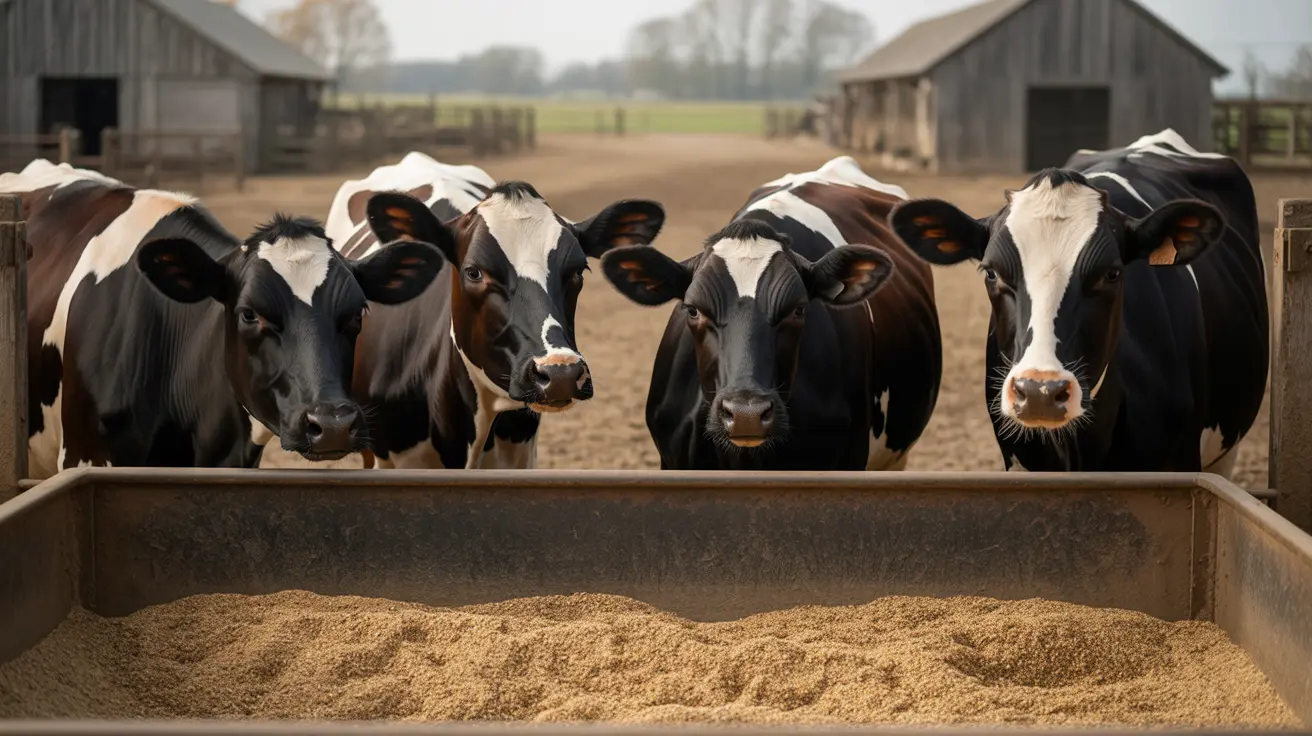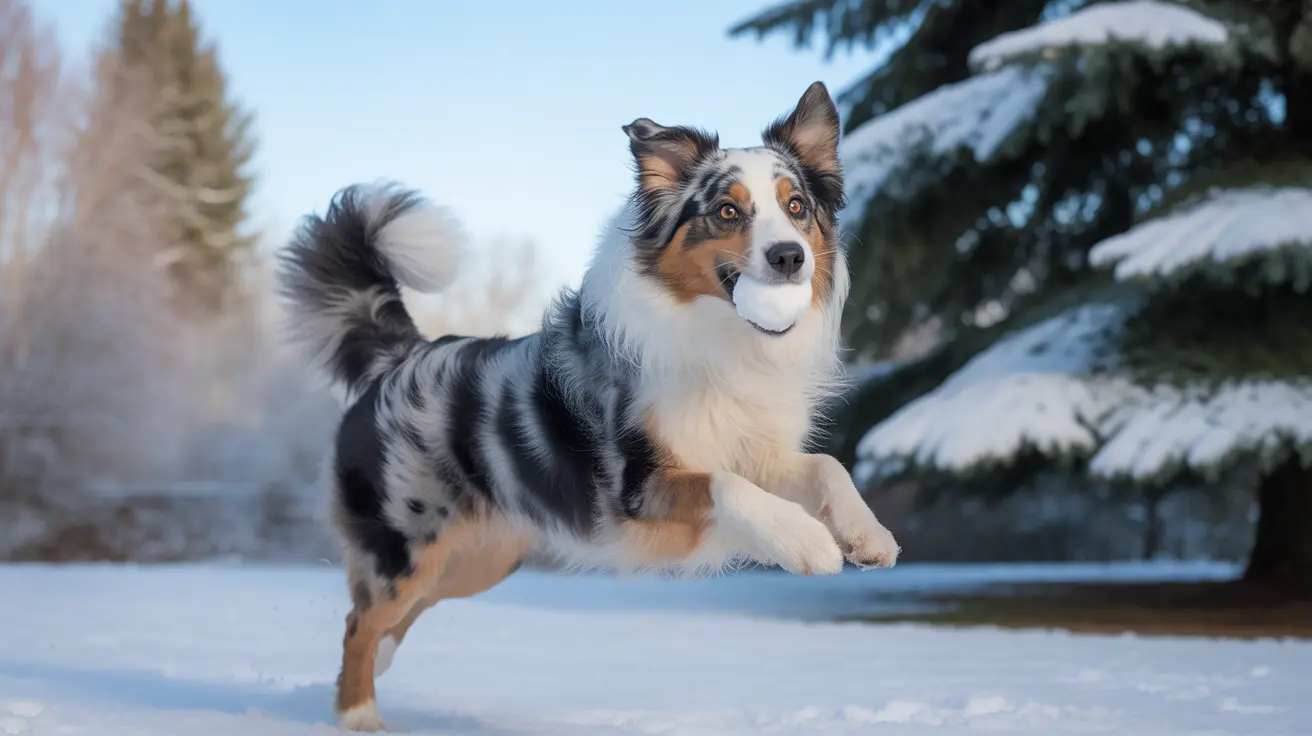Managing a Dog in Heat: Practical Guidance for Pet Owners
When your female dog enters heat (estrus), it's a time that calls for extra attention and care. The heat cycle is a natural part of her reproductive life, marked by both physical and behavioral changes. Understanding what to expect and how to respond helps keep your dog comfortable—and prevents unwanted surprises.
Recognizing the Signs of Heat
Female dogs usually experience their first heat between 6 and 24 months old. Small breeds may start as early as 6 months, while larger breeds might not begin until much later. The process can be influenced by breed, age, environment, and even climate.
- Swollen vulva
- Bloody or pinkish vaginal discharge
- Increased urination or marking
- Behavioral changes—restlessness, anxiety, irritability, increased affection or even aggression
- Licking the genital area more than usual
- Appetite shifts
- Mounting or humping behaviors
- Wagging or moving the tail aside (a mating signal)
- Seeking out male dogs or trying to escape
The intensity of these symptoms varies from dog to dog. Some are so meticulous about grooming that you might barely notice any discharge.
The Heat Cycle Explained
The estrous cycle in dogs has four stages:
- Proestrus: Lasts about 7 to 10 days (sometimes up to four weeks). The vulva swells and there's usually blood-tinged discharge. She'll attract males but won't allow mating.
- Estrus: The true fertile phase lasts from 5 to 21 days (average is about 9 days). Discharge may lessen or change color; this is when she allows mating.
- Diestrus: Follows estrus and lasts from 10 to 140 days. She won't accept males. If pregnant, this is gestation; otherwise, she enters a resting mode.
- Anestrus: The resting period between heats—typically several months (often 4–6) before the next cycle begins.
Most dogs are in heat for about two to four weeks each cycle; bleeding often occurs in the first half. Dogs don't go through menopause—unspayed females can continue cycling throughout their lives, though cycles may become less frequent as they age.
Caring for Your Dog During Heat
- Provide extra supervision—both females and unneutered males may try to escape to mate during this time.
- Keep her indoors or securely contained; walks should be on-leash with close monitoring.
- Avoid places where other dogs congregate—especially off-leash parks.
You'll want to manage discharge with doggy diapers or absorbent pads. Change them frequently for hygiene's sake. Clean her resting areas and wash bedding regularly. Limit access to areas where blood stains would be difficult to clean—think carpeted rooms or upholstered furniture.
Your dog's mood may shift: some become clingy while others prefer solitude. Offer comfort if she's anxious or tired; let her rest but provide gentle exercise if she wants it. Always ensure she has plenty of fresh water and a balanced diet.
Avoiding Unwanted Pregnancy & Monitoring Health
- Keep female dogs away from intact males during their heat cycle—it only takes one unsupervised moment for pregnancy to occur!
If you're not planning on breeding your dog, spaying (removal of ovaries and uterus) is a permanent solution that prevents future heat cycles and pregnancies. Most veterinarians recommend spaying after the first or second heat but discuss timing with your vet based on your dog's health and situation.
If you notice excessive swelling, pain, white or foul-smelling discharge, or other signs of illness during heat, contact your veterinarian promptly—these could indicate infection or other health concerns that need professional attention.





